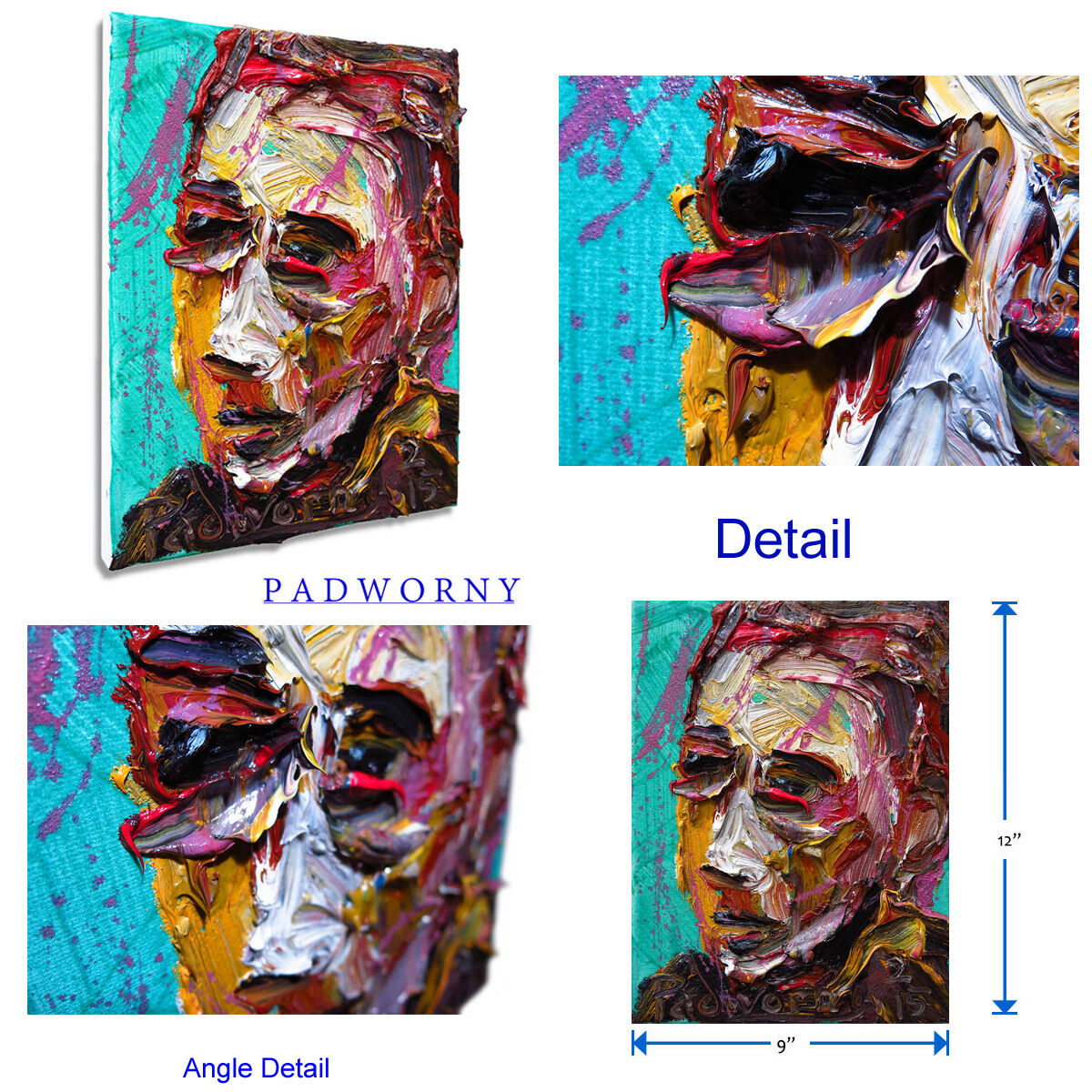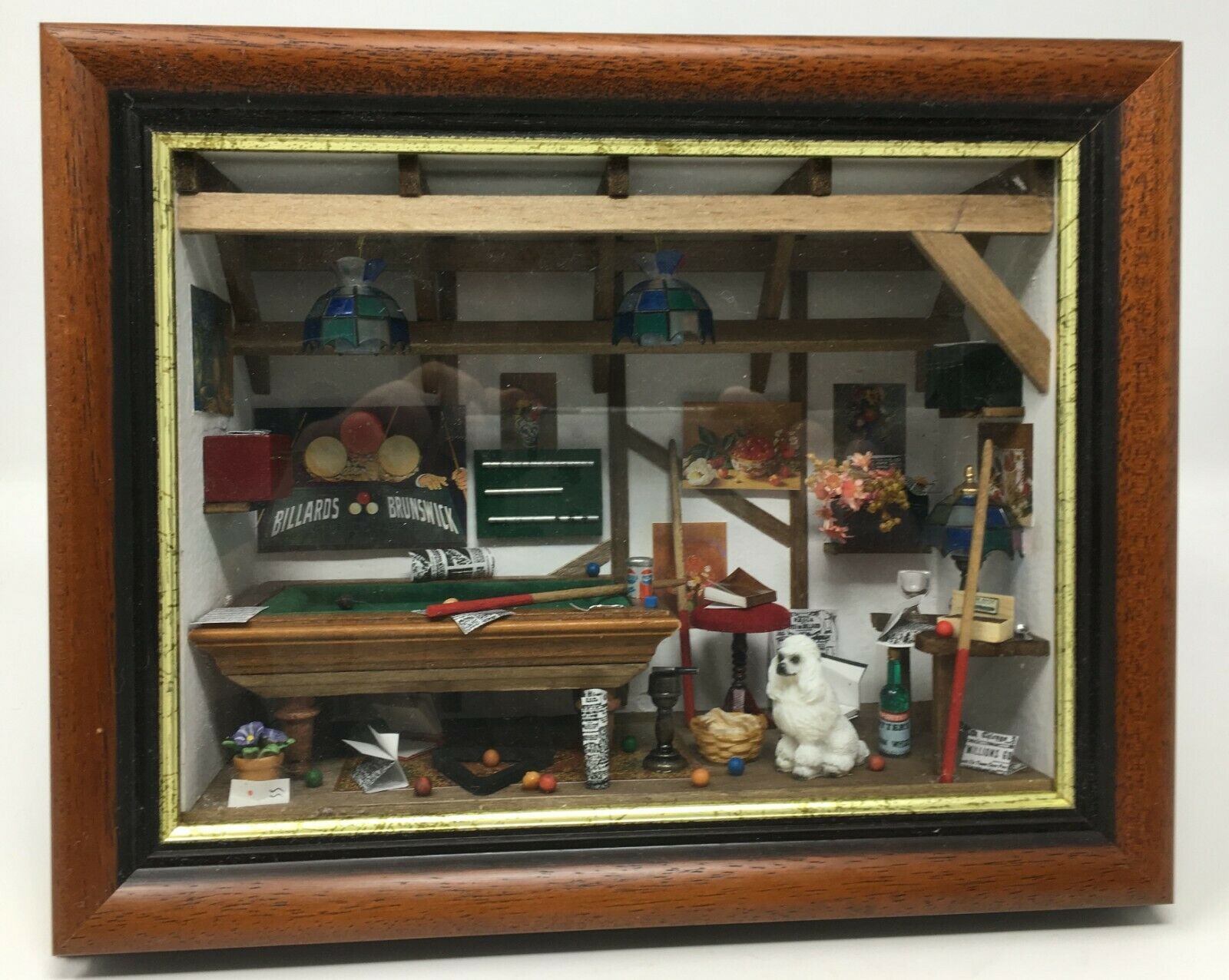-40%
Intel 4040 - The Intel 4004 Revisited - P4040
$ 145.19
- Description
- Size Guide
Description
About this Artwork:This artwork is a mixed media display celebrating the Intel 4040. The 4040 is an upgraded 4004 designed for use as an automation controller. The 4040 was used primarily in games, test, development, and control equipment. The overall chip design of the 4040 is very similar to the 4004. The 4040 is a 4-bit microprocessor like the 4004, however, the package of the 4040 is more than twice as wide as the 4004 and has 24 pins vs. the 16 of the 4004. The 4040 added 14 instructions, a larger stack (8 level), 8K program space, 8 more registers, and interrupt abilities (including shadows of the first 8 registers).
The Intel 4040 is perhaps the most misunderstood of Intel’s microprocessors. You may find references that describe the 4040 as Intel’s 3rd microprocessor, it is the fourth, coming after the 8080. Some say that it was the first to implement interrupt processing, it’s not. The 8008 and 8080 both implemented interrupt processing. Some say that it was introduced to expand on the successful 4004, it’s wasn’t. Although the 4004 was a pioneering step forward, it wasn’t hugely successful and wasn’t Intel’s architecture of choice. So with 8008 and 8080 already in play, why was the 4040 introduced? People ask the same question of the Intel Celeron. The answer is that it that the 4040, and the Celeron, were deviations from Intel’s strategic path in response to competition. Intel needed a cheap microprocessor to compete in the control and automation market space. The 4040 allowed Intel to price a microprocessor low, to compete, while protecting the profitability of the main product line. This strategy worked to keep competition at bay while Intel worked to develop a line of microcomputers designed specifically for the control and automation market.
Framing:
The artwork is framed in an 11"x14" black shadow box frame, with glass. All framing materials are acid free. A narrative about the artwork that includes the artist’s signature is placed on the back of the artwork.
Want to see more ChipScapes?
Click here to see more ChipScapes
TM
in my store on eBay
Also please check out my ChipScapes
TM
website.
About Making Computer Chips:
Computer chips start out as ordinary sand, which is silicon dioxide. However, the silicon must be made very, very pure. The first step is to melt the sand, in a furnace that reaches about 3200
o
F, and mix with carbon. This first purification process creates 99% pure Silicon, a common output is Silicon Carbide. The Silicon Carbide is processed in a trichlorosilane distillation method to create 99.9999% pure silicon called polycrystalline silicon. The polysilicon is broken up into chunks. These chunks are melted in a crucible at about 2500
o
F. A silicon crystal seed is dipped in molten silicon and slowly drawn out to create a cylinder of silicon. These silicon cylinders are some of the purest crystals on the planet. Once the silicon cylinder is grown to the desired diameter, it is sawed into wafers. These wafers are polished to achieve a very flat mirror surface. Transistors, and other micro-electronic parts, are built on the polished wafer in layers in a process called etching. The wafer is then sawed into its individual chips. Each chip is mounted in an electronic package that serves to protect it and connect it to the outside world. It has been said that computer chips are the greatest value added product in the world. We essentially take a pile of sand and change it into thousands of dollars worth of computer chips.
General Information:
These artworks are the creation of
ChipScapes
TM
artist Steve Emery.
ChipScapes
TM
are photographs taken of computer chips, boards, and other computer artifacts. They are sort of chip landscapes, or
ChipScapes
TM
for short. Most often a macro-lens or microscope is used with special lightning to achieve these unique artworks.
Intel, IBM, Fairchild, DEC, Signetics, Intersil, AMD, Zilog, Motorola, MOS, NEC, Texas Instruments, are some of the great chip making companies. Chips like the Intel 4004, MOS 6502, Zilog Z80, AMD 2901, IBM PowerPC and others have changed the way people work and play.
ChipScapes
TM
are dedicated to preserving and sharing these computing and communication technologies that changed the world.
ChipScapes
TM
artworks are fine collectible artworks.
ChipScapes
TM
come is a variety of shapes sizes and colors. Clusters of my artwork make for stunning displays! A
ChipScape
TM
would make a great gift for the nerd, geek, engineer, programmer, IT executive, or just that technology savvy person in your life.
More Questions?
For more information about ChipScapes
TM
, please check out my ChipScapes.com
website.
For more information about chip collecting as a hobby
,
please check out my
AntiqueTech.com
website.











